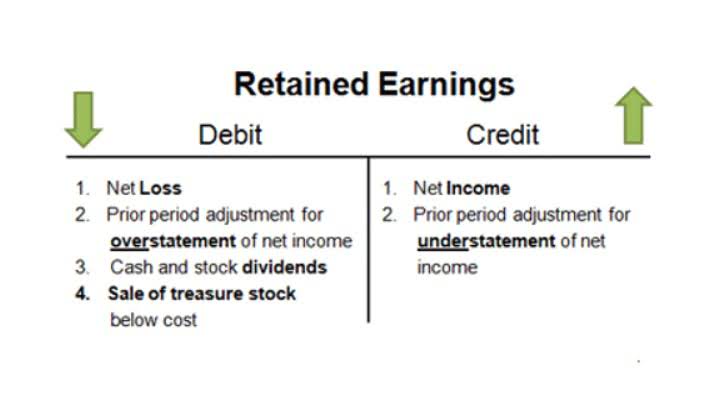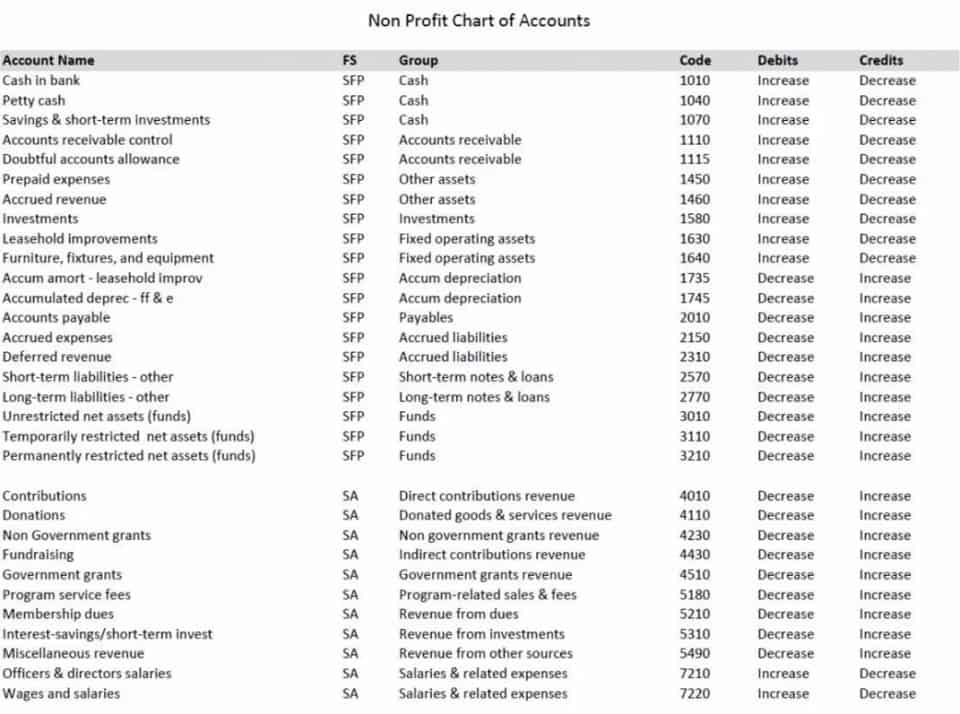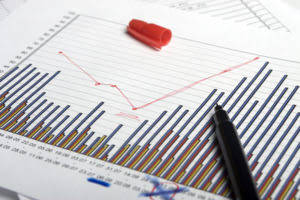
For example, wood is a direct material for the chair company, since the final chair is made of it. Wood is considered a variable cost because the price of it can variable cost change over time. Knowing your average variable cost can help you make smart calls about pricing and production.
Balancing Variable Costs and Profit Margins

Fixed costs remain constant regardless of changes in sales, while variable costs increase or decrease proportionally to sales volume. In the manufacturing industry, variable costs are a significant portion of total production costs. Efficient management of these costs is crucial for maintaining competitive pricing and profit margins. Variable costs significantly influence pricing strategies as they determine the minimum price needed to cover the cost of production.
How do variable costs differ from fixed costs?

This would mean the total variable cost per unit of a single chair would be $50. For example, the chair company gets an order for 30 chairs for a total selling price of $2,400. To find variable cost per unit, we add the cost per unit in materials ($25) and direct labor costs ($25), and multiply it by our total quantity of output (how many chairs are produced for the order). One limitation of focusing exclusively on operating costs is that they only account for a portion of a company’s total expenses. Operating costs, which include both cost of goods sold (COGS) and other operating expenses, do not consider non-operating expenses like interest, investments, or foreign currency translation. By omitting these additional expenses, an analysis solely focused on operating costs may overlook crucial financial information trial balance that can significantly impact a company’s overall profitability.
Capital Rationing: How Companies Manage Limited Resources
To help you better understand variable costs, let’s look at how it differs from other costs you may deal with. Variable costs depend on output, meaning they can go up or down depending on business activities, such as how much your company sells or produces. However, below the break-even point, such companies are more limited in their ability to cut costs (since fixed costs generally cannot be cut easily). However, all of these cost management techniques should be carefully evaluated for their potential impact on the quality of the product or service. Reducing variable costs involves a combination of strategic sourcing, process optimization, and other such strategies. Let us understand how to reduce the value on a variable costs calculator through the discussion below.
- These costs are crucial in the calculation of a company’s breakeven point and in the analysis of profit margins.
- Efficient management of variable costs can also allow a company to invest more in other areas, such as marketing or research and development, further enhancing its competitive edge.
- However, other marketing costs like annual branding efforts or agency retainers may be fixed.
- Variable costs are directly tied to a company’s production output, so the costs incurred fluctuate based on sales performance (and volume).
- These are all valid ways to cut variable costs and increase your profit margins.
The allocation of overhead costs, such as rent, depreciation, insurance, and utility bills, can also impact the classification of semi-variable costs. When overhead expenses are directly related to production, they might be considered a form of variable cost, while indirectly related overheads could be classified as fixed costs. For instance, when a manufacturing company increases its output, it may be able to negotiate better deals for raw materials, securing lower variable costs per unit as a result. This is how businesses effectively minimize their overall cost structure and boost profitability. In the realm of finance and investment, it is crucial to have a solid understanding of fixed and variable operating costs.
Finally, raw materials are used to make finished goods.However, the actual quantity of required raw material varies. If firms lack operating capital, they can survive with less inventory. Used for analyzing total https://www.bookstime.com/ cost behavior and making decisions related to production levels, pricing strategies, and resource allocation.

Variable Cost Formula
Next, quantify these costs for a specific period or production volume. By understanding this variable cost formula, companies can create more accurate forecasts for future costs. Financial teams can run “what-if” scenarios, like “how would our total costs be impacted by a 5% supplier price increase or a 20% increase in shipping costs? ” Accounting software or spreadsheets can be used to quickly calculate variable costs and see how such scenarios can affect gross profit margins.
- The pricing strategy must account for changes in variable costs to maintain profitability.
- You gotta keep a sharp eye and dig through your expenses to spot these.
- Businesses must ensure that their selling prices are set above their variable costs to generate profit on each unit sold.
- Read on to learn the different types of variable costs, and why tracking them is so important to your business.
For example, if you are considering expanding your business, you need to know how much it will cost you to produce and sell additional products or services. Variable costing is a cost accounting method for calculating production expenses where only variable costs are included in the product cost. The formula of variable costing only considers the direct cost and other variable manufacturing expenses incurred on each product unit. Fixed costs, conversely, present a steady expense for the business irrespective of production levels. This can be beneficial in times of high production as the cost per unit decreases. However, during periods of low production or downtime, fixed costs can pose a greater financial burden.
Controlling variable and fixed costs also allows you to free up money to allocate for better purposes, such as creating new products or services or expanding into new markets. A fixed cost is a cost that does not increase or decrease in conjunction with any business activities. Thus, a business will incur fixed costs even when there is no business activity. Examples of fixed costs are rent, insurance, depreciation, salaries, and utilities. A common fixed cost situation for a business is a building that must be heated and air conditioned, even if no one is currently occupying it.
